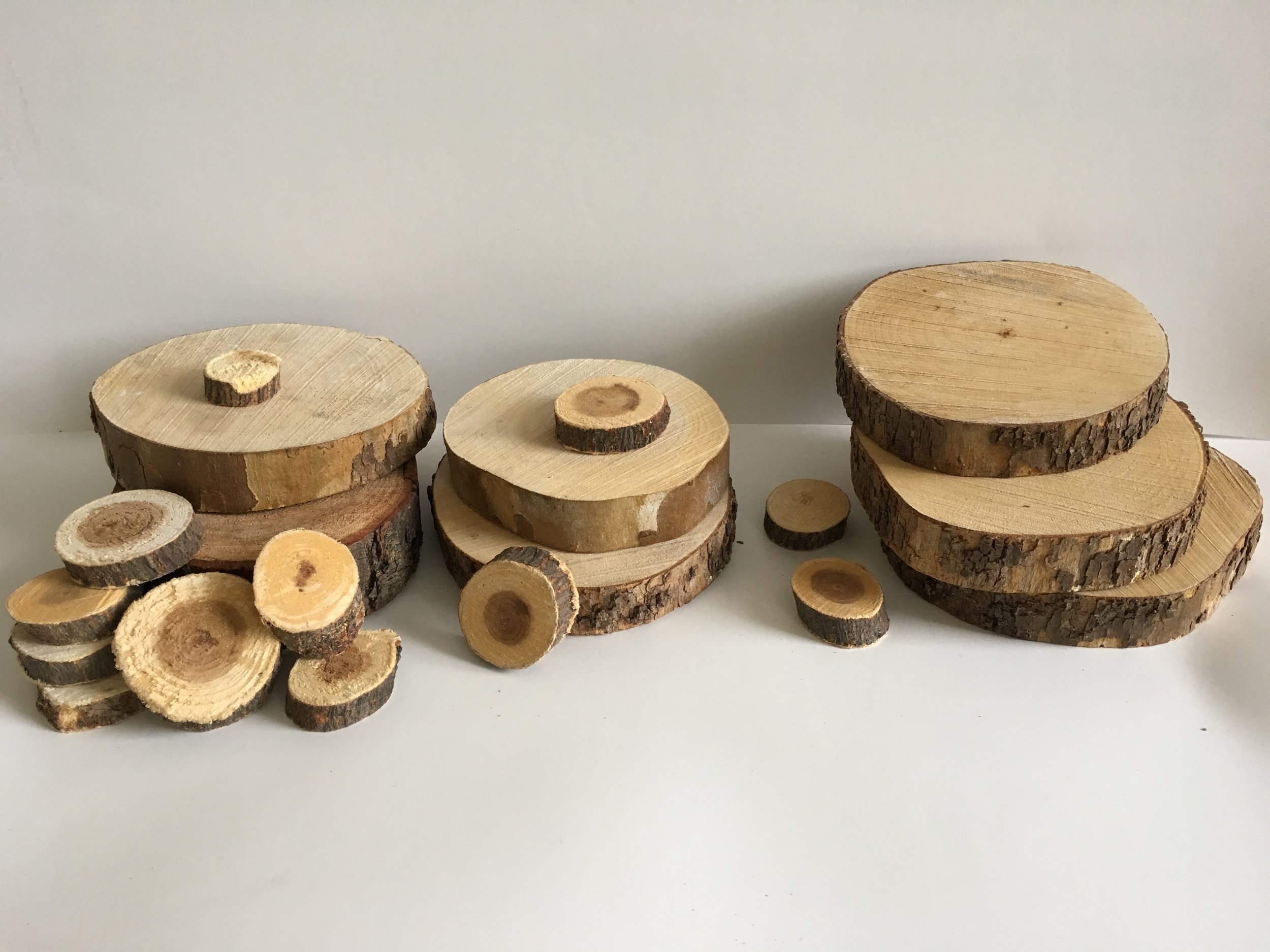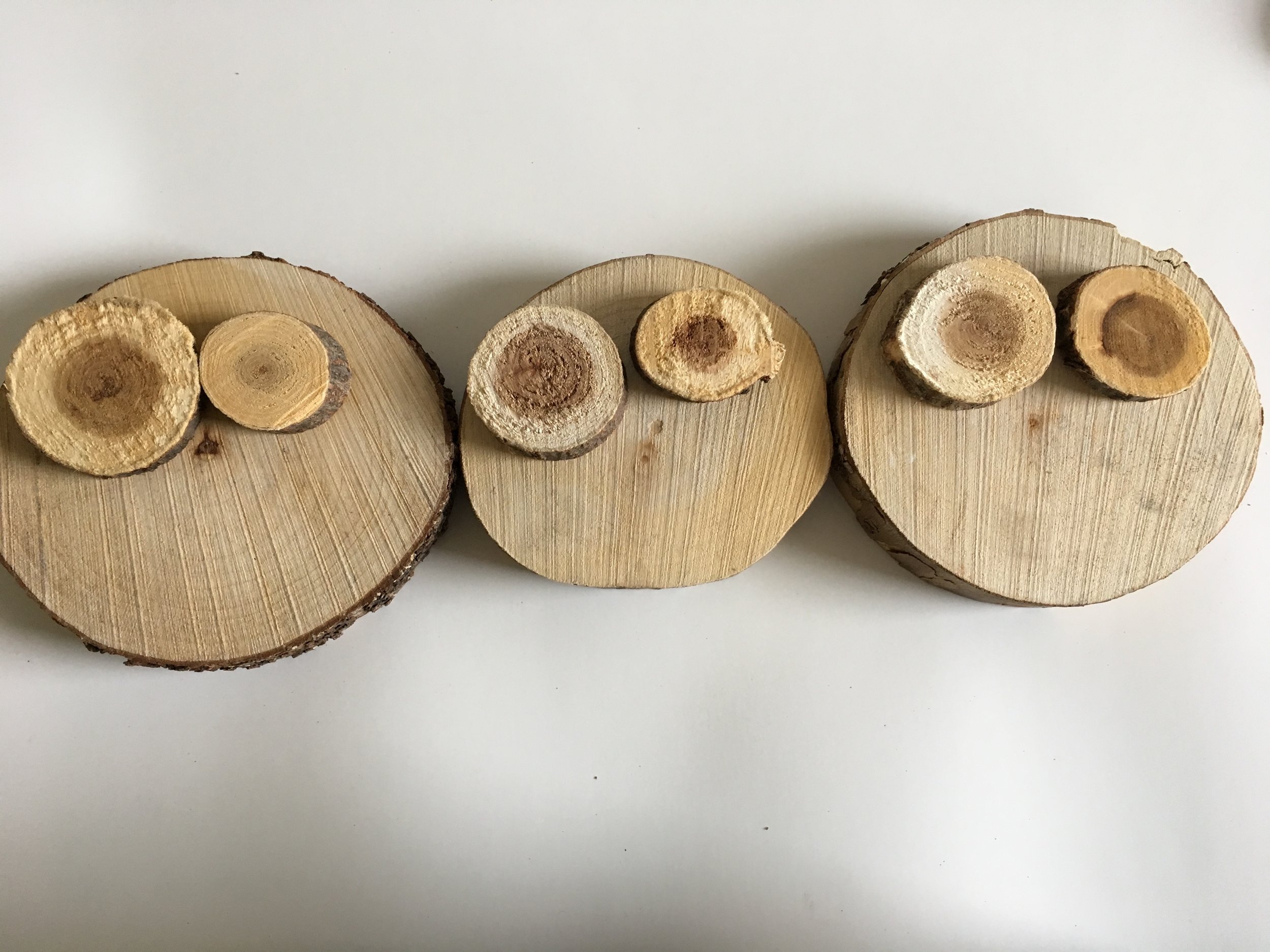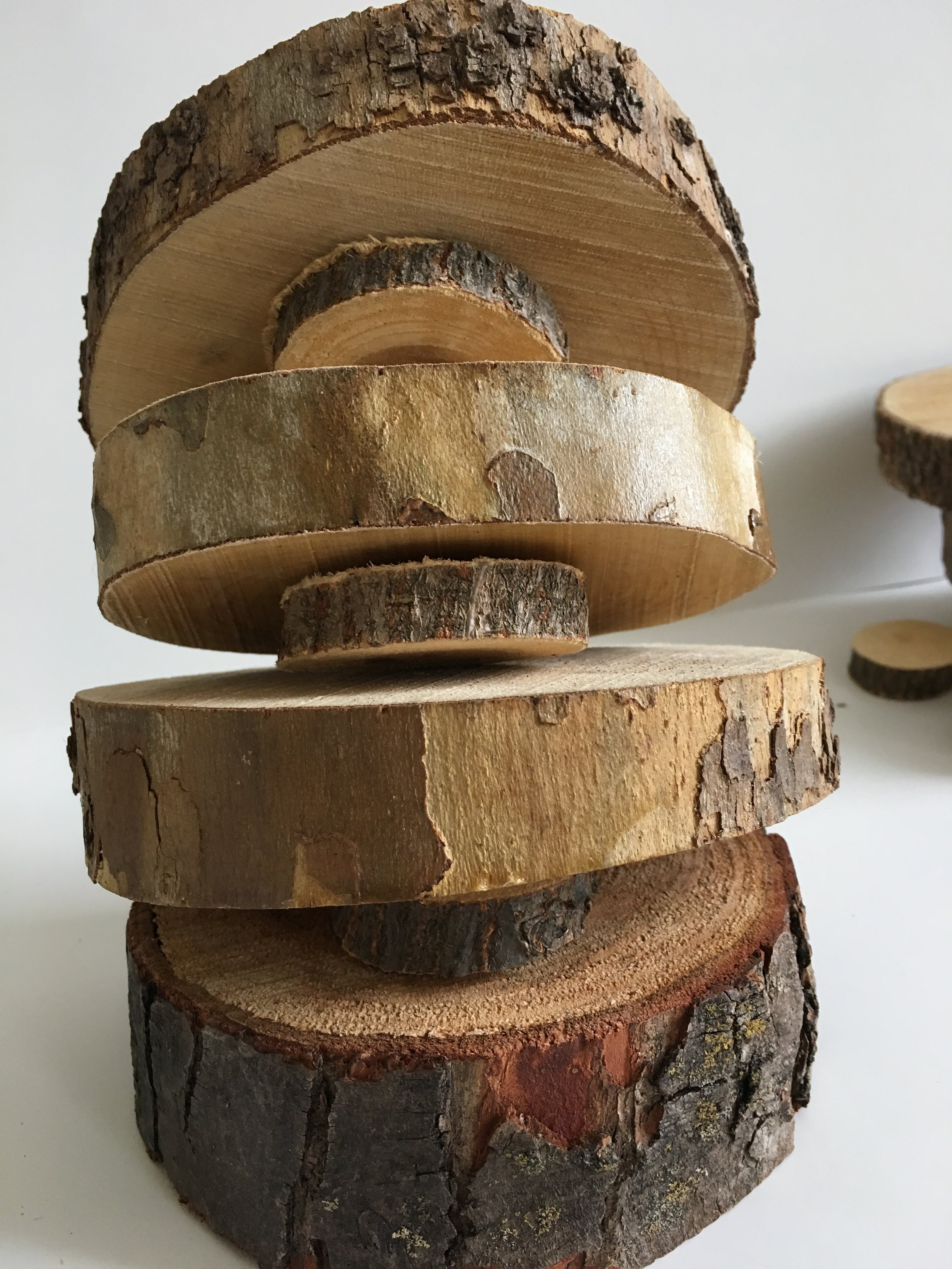“Identifying the rule of a pattern brings predictability and allows one to make generalizations.”
-Erikson Institute’s Early Math Collaborative
One day an Orb Weaver spider came to live outside our upstairs window. My girls were amazed and quickly named her Spidey. Each day we watched as the web grew larger and larger in a concentric pattern. In the morning, Spidey remained in the corner of the web, safely out of sight. In the evening, Spidey would reveal herself and rest in the center of the web. For many days, we watched and learned these patterns. Talking about them helped us to predict what we would see.
A recent study reported….“Common Core content standards for school math include shape but not patterning knowledge…Since patterning skills in the early years predicted math achievement in fifth grade in this study, the authors suggest that teachers and parents engage young children in activities that help them find, extend, and discuss predictable sequences in objects (patterns).” -Rittle-Johnson, Fyfe, Hofer & Farran, (2017)
In my last post about patterns I focused on the use of colorful fall leaves. For this invitation, I encourage you to use similarly colored materials, therefore, guiding children to identify and use the attributes, size and shape, to explore patterns.
PLAYFUL INVITATION
1. Prepare: Gather materials that are similar in color, but vary in size or shape. i.e. different size tree cookies (slices) or leaves.
Observe the child throughout the interaction. Use the Invitation to Play Documentation Tool to collect data.
2. Invite: Depending on what the child knows about patterns you may begin with any of these invitations:
Can you Copy my pattern?
Complete the pattern. Can you find the missing piece?
Extend my pattern? What comes next?
Create a pattern using these materials?
3. Play: While the child works, talk about the shape and/or the size of the materials. “Oh I see you started with the BIG one, and then two SMALL ones.”
Once a pattern is Copied, Completed, Extended or Created, read the pattern with the child. Ask: Tell me about your pattern? If the child needs support, point and read the pattern with the child. i.e. Big, small, small, Big, small, small.
4. Reflect and Assess: What attributes did the child notice? Size, shape, color, texture, etc. Which prompt worked best for your child (Copy, Complete, Extend, Create)? How will you continue this game so the child learns that patterns are governed by rules, and that reading the pattern helps to predict what comes next?
Ready: The child identifies patterns in their life and surroundings.
Ready to move on: The child creates simple patterns on their own with and without a model.
Extend: Encourage the child to continue creating new patterns using the same materials. Practice patterns that grow- use sounds or body (soft, medium, and loud! Soft, medium, loud!). Talk about patterns in your daily life (seasons: Fall, Winter, Spring, Summer).
MATH LANGUAGE
Attribute- characteristic of an item. Examples include color, shape, texture, size, type, number, etc.
Pattern- A regularity in the world or created by a person. Patterns repeat in a predictable manner.
RESOURCES
Clements, D.H., & Sarama, J. (2017)*
Rittle-Johnson, Fyfe, Hofer & Farran, (2017
*full citation can be found on the Research page










